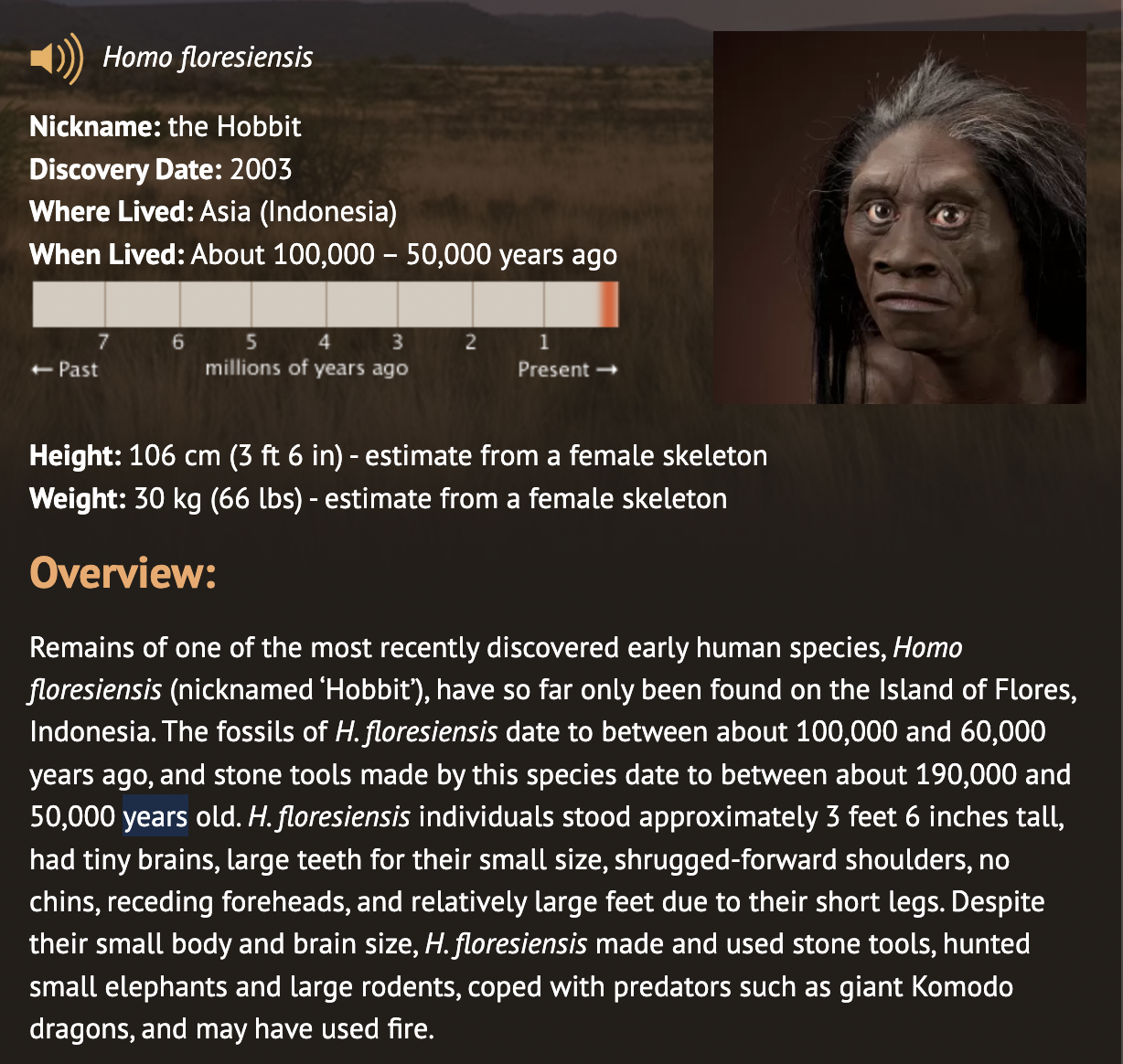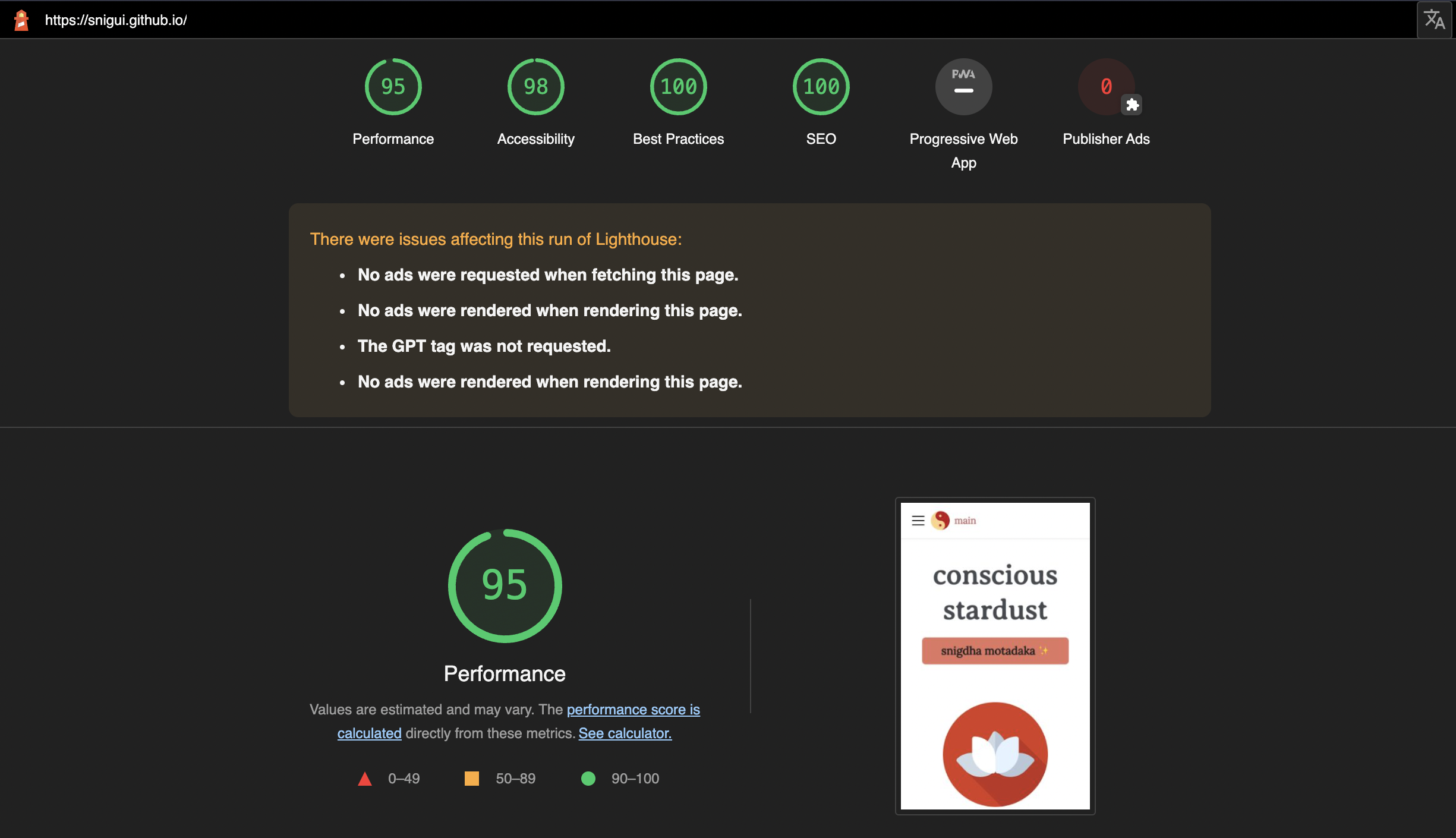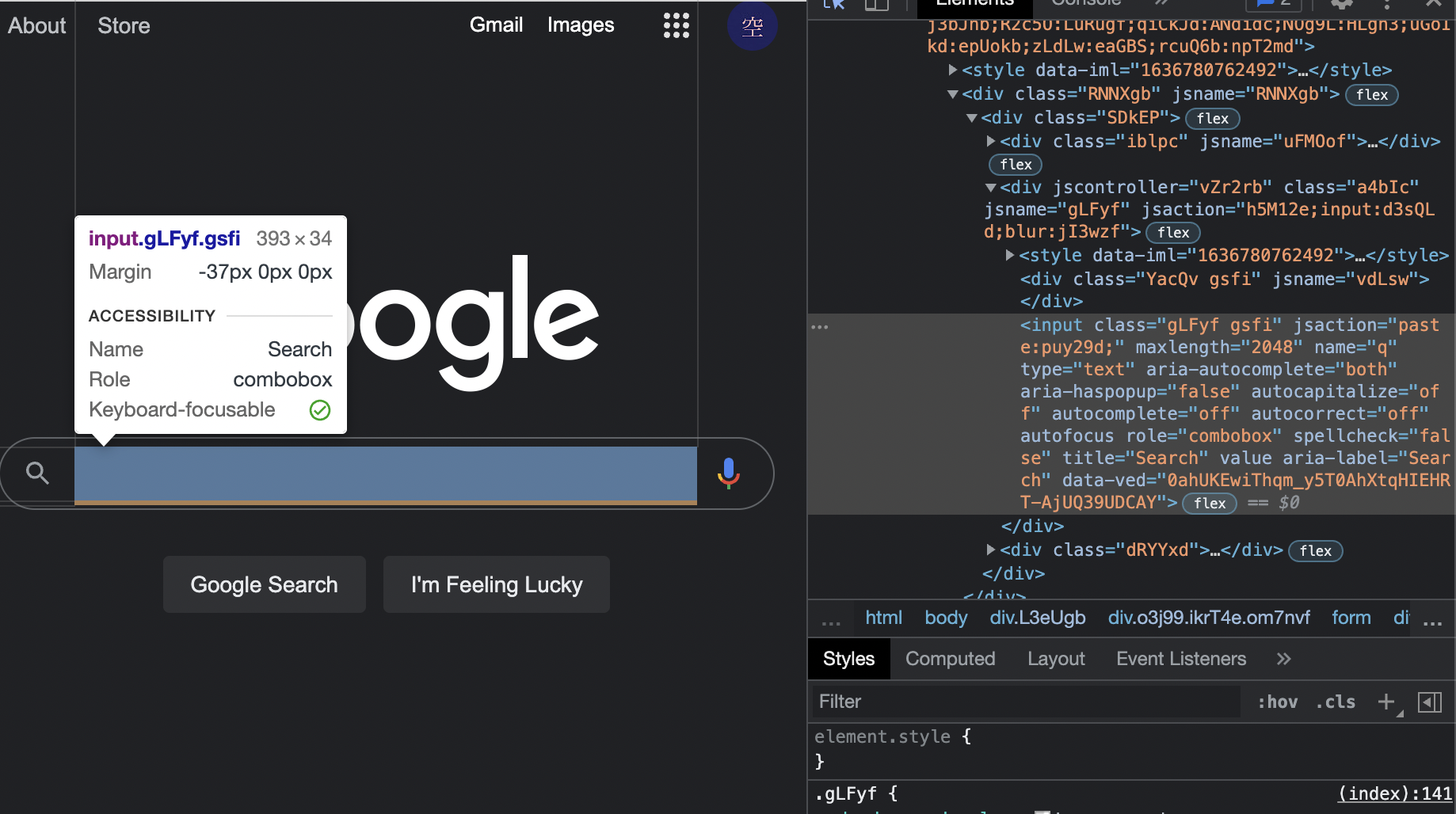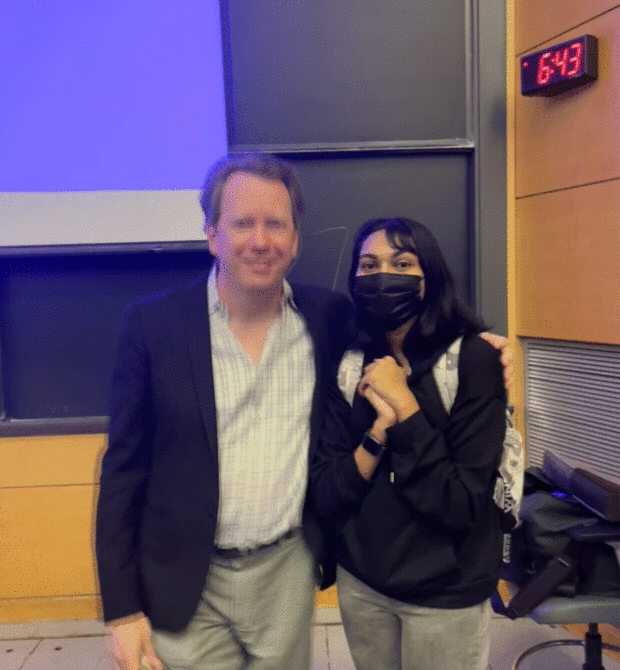The power of belief in Truth

ॐ असतो मा सद्गमय ।
तमसो मा ज्योतिर्गमय ।
मृत्योर्मा अमृतं गमय ।
ॐ शान्तिः शान्तिः शान्तिः ॥
Reality
Reality runs on a while true loop, spiraling into a divine work of art.
Abiding in this truth unlocks the potential to an infinity of possibilities.
All philosophy, science and religion (spirituality) converges to that one fact alone.
Om Asato Maa Sad-Gamaya |
Tamaso Maa Jyotir-Gamaya |
Mrtyor-Maa Amrtam Gamaya |
Om Shaantih Shaantih Shaantih ||
'I think, therefore I am' to 'Collapse of the wavefunction in Hilbert space, upon measurement' to 'I am that formless causal cause of it all, so let there be...'
All of them point to the inevitable truth of perception, of conscious thinking, of conscious measurement, of conscious creation from 'I', 'me', 'you'. The observer.
That observer is verily you and everything around you. In and out of you. That is all there really is.
And you, I, us, this collective consciousness, of the ultimate consciousness of it all, the one being, simply flows through cycles of dualities. Of stark contrasts, emerging into infinite fractals of stories.
Whether the above sentence made sense to you or not, I want you to focus on 'you' reading this, making sense of this sentence, attaching it to the memory recording of 'language' in the brain, essentially running the algorithm of 'parsing English'. All of that is automatically happening and you, simply you, are observing it. Not the details of the process of language parsing but the essence of these sentences. The fact, the essence, the truth underlying in these sentences, to make sense of them. "Cats' pink turfy picks" doesn't make sense to you, but "Cats lick puffy sticks." does. The latter has a coherent sense of 'truth' to it. You can imagine cats licking an object, since you observed it before. You know it to be true, a scenario that can happen in real life, based on memory of it happening in the past. However, the former doesn't make sense to you because you had not observed something like that happening, so it was never recorded in memory, so you aren't even sure if that phrase is grammatically correct. 'Correct', as in true.
This is the extent to which, us beings, us as conscious observers, rely on truth to make sense of anything. Things only make sense due to truth, or the absence of it, which again is defined based on absence of the presence of truth. Simply put, truth makes anything make sense. This truth is shaped by history, through memory.
But what happens when this history gets distorted? What if it deviates from the truth? What if past experiences aren't recorded correctly, and there is random falsity added, as noise?
Well, the idea of anything making sense can be thrown out of the window, of course.
That is exactly what is happening in the modern society as we experience it. We might as well be reading a story in a language we do not understand, but simply because you believe everyone else is reading the same book and are seemingly understanding it, you do too. This is so common that there is a term for this, called 'Pluralistic ignorance'.
Pluralistic ignorance refers to a situation in which virtually every member of a group privately disagrees with what are considered to be the prevailing attitudes and beliefs of the group as a whole.
Pluralistic ignorance is a phenomenon that occurs when people mistakenly believe that everyone else holds a different opinion from their own. This often leads to a false consensus, where people conform to the thought-to-be majority opinion, even though it may not be considered just by the majority of people.
Pluralistic ignorance can have dangerous consequences, as it can lead to people remaining silent in the face of injustice or engaging in risky behaviors. These can manifest in environments ranging from the classroom to entire political systems. 1
Everyone simply is playing a role in magnifying a collective illusion, where there is only an illusion of 'truth', an illusion that things make sense the way they are. However, we have already far deviated from making sense millennia ago. What we speak, do and think is actually gibberish, as long as it is based on falsity, on noise, on deviations from truth, on distortions in the consistent stream of knowledge of occurrences recorded exactly the way they happened. Similar to DNA transcription, the mutations (deviations) that have occurred have proven to be non-sustainable just due to the sheer number of them occurring like cancer. So now, history is just a sore victim of cancerous distortion in the modern era.
The source of this deviation is time itself: a sequence of events of transfer of observed information, one after another, as a series. Just like a game of telephone.
We all can intuitively understand this. It is almost common sense, everyday experience, everyday observation, of meaning getting lost in translation. Nothing new.
Yet somehow, we still collectively live this life of lies, because we believe it isn't a life of lies. Why?
I think it is because we have not once tried to pause, and question it all. We have not once tried to stop feeding ourselves with lies, because we do not even know how to distinguishing truth from falsity anymore. Literally, in this modern era, people eat plastic, lead and glass.
But it is time to pause. Take a vow of fasting, even if briefly, to stop feeding our bodies, mind and intellect the unnatural, the falsity, the lies spun up by the ego. It is instead time we question literally everything with an open mind. Our own existence, own our experience as human, here on Earth. We believe science has it all figured out. We evolved from primates, from stone tools to a cool technologically advanced society? Hah! That is far from the truth. Not even close to it. We, as modern humans, I repeat again, have no idea about our true origins. We, in fact, have no clue about how language came about to be, we literally do not even know what gravity really is, nor do we know how consciousness works, as conscious beings! Yet simply because we have observed them all, we falsely believe that observing is knowing. Knowing is observing but not the other way around. You can observe a constellation in the sky and not know what it is. But if you know of a constellation in the sky, you by default observe it (think about it) first in mind's eye by the virtue of knowing it, and you can easily observe it in the night sky too, simply by knowing of the constellation.
The point is, what we believe in is misplaced. What we observe and how we believe it to be observed is misplaced. We believe in falsity. Not truth, anymore. This can truly only be fixed by first realizing how little we know about our own existence, about anything really, and how based on such little truth, we pretend as if we know it all, and are destroying the Earth, our own selves as humanity.
It is time we take a pause and contemplate it all, on what it means to exist. On what 'truth' really is. The first and the easiest step towards this journey of truth, of self discovery in fact, is simply meditation.
Taking a pause, breathing, and asking your deepest inner self, free from your daily identities, really asking the silence in you to show you the truth. To help you reach the truth.
Radical change can only happen on Earth, in our collective consciousness, when each and every individual consciousness (in the form of humans) genuinely silences everything, all this false noise, and questions with a completely open mind and open heart: "what is the truth?", with the utmost belief that the answer will be revealed for the betterment of humankind.
ॐ... from the unreal, lead us to real
From ignorance, lead us to true knowledge
From limited, lead us to unlimited
Peace, peace, peace!










